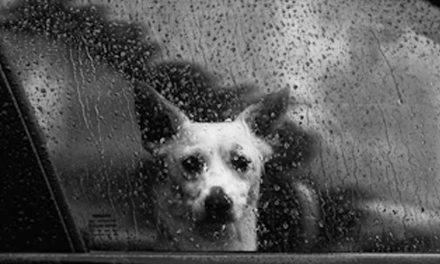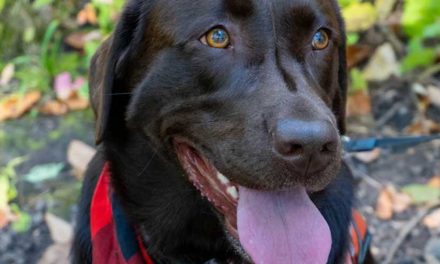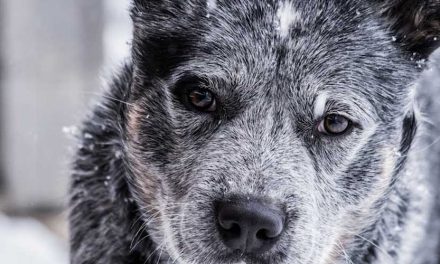The domestication of dogs is a remarkable tale that intertwines the evolution of species with the intricate relationship between humans and animals.
Dogs have served alongside humans in various capacities for thousands of years, evolving from wild wolves into trusted companions.
The history of canine domestication reflects human culture, lifestyle changes, and the deepening bond with our four-legged friends.
Origins: From Wolves to Dogs
The journey of canine domestication likely began over 15,000 years ago, with evidence suggesting that this process took place in different regions around the world.
Early humans were primarily hunter-gatherers, and wolves, scavenging near human settlements, began to adapt to this environment.
According to genetic studies, the domestication of wolves into dogs may have happened as a result of a mutually beneficial relationship; humans provided food sources, while wolves offered assistance in hunting and protection.
The initial step towards domestication was likely a gradual process of natural selection.
Wolves that were less aggressive and more tolerant of humans had a greater chance of surviving and reproducing in proximity to these early societies.
Over generations, these traits became more pronounced, leading to the emergence of early dogs that were more sociable and interactive with humans.
The Divergence of Breeds
As humans transitioned from nomadic lifestyles to settled agricultural societies around 12,000 years ago, dogs began to diverge into different breeds, tailored to specific roles and environments.
Archaeological findings indicate that dogs were utilized in various capacities, such as hunting, herding, guarding, and companionship.
This diversification allowed for the development of distinct breeds that would serve specific purposes aligned with human needs.
The earliest recognized breeds likely emerged in regions where hunting was prominent.
For instance, the Greyhound, used for chasing game, and the Mastiff, known for guarding properties, were bred based on human needs for certain traits.
This selective breeding not only influenced physical characteristics but also behavioral traits that made certain dogs better suited for particular roles.
Cultural Significance
Throughout history, dogs have played significant roles in human culture.
They appeared in ancient art, literature, and mythology, demonstrating their importance beyond mere utility.
Ancient Egyptians revered dogs, often associating them with the goddess Bastet and depicting them in art and mummifications.
Similarly, in Ancient Greece and Rome, dogs were seen as symbols of loyalty and protection.
In many Native American cultures, dogs served not only as companions but also as integral participants in tribal life.
They aided in hunting, helped in transportation, and were sometimes considered spiritual guides.
The bond between humans and dogs has seen varied interpretations across cultures, signifying their deep-rooted presence in human history.
Modern Domestication and the Human-Dog Bond
Today, the relationship between humans and dogs continues to evolve, particularly with the advent of the modern pet industry.
Dogs are now primarily viewed as companions, and their roles have shifted from utilitarian to emotional support.
This change reflects broader societal trends toward recognizing the benefits of human-animal bonds.
Selective breeding has shaped not only physical attributes but also behavioral tendencies in dogs.
Unfortunately, this has sometimes led to health issues and behaviors that can challenge the human-dog relationship.
However, advancements in veterinary science and dog training techniques have helped improve the overall quality of life for both dogs and their owners.
Conclusion
The history of canine domestication is a testament to the profound connection and mutual dependence between humans and dogs.
From their beginnings as wild wolves scavenging near human camps to their status as beloved companions, dogs have enriched human life for millennia.
Their evolution showcases the capacity for companionship, loyalty, and love that transcends species, highlighting the importance of nurturing this unique bond as we move into the future.
As we continue to study and understand the complexities of canine behavior and genetics, our appreciation for dogs deepens, enriching both their lives and ours.












